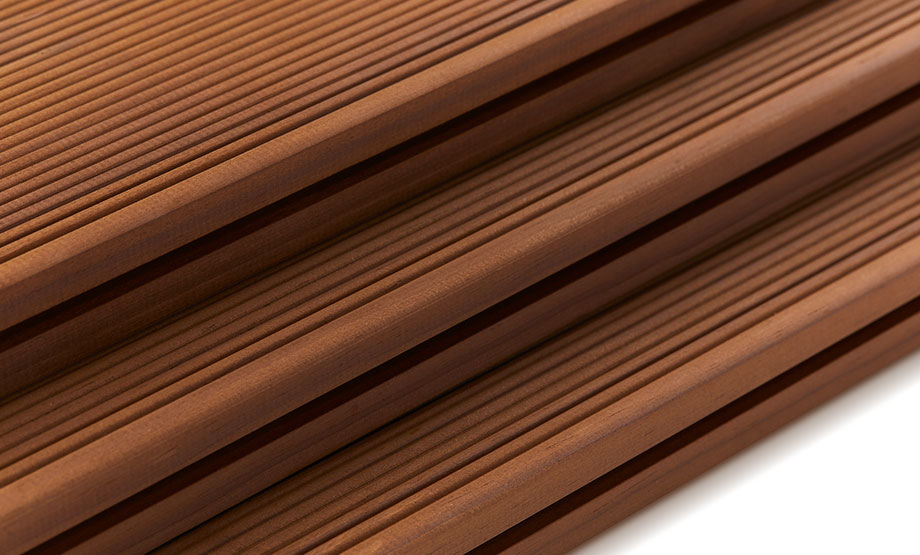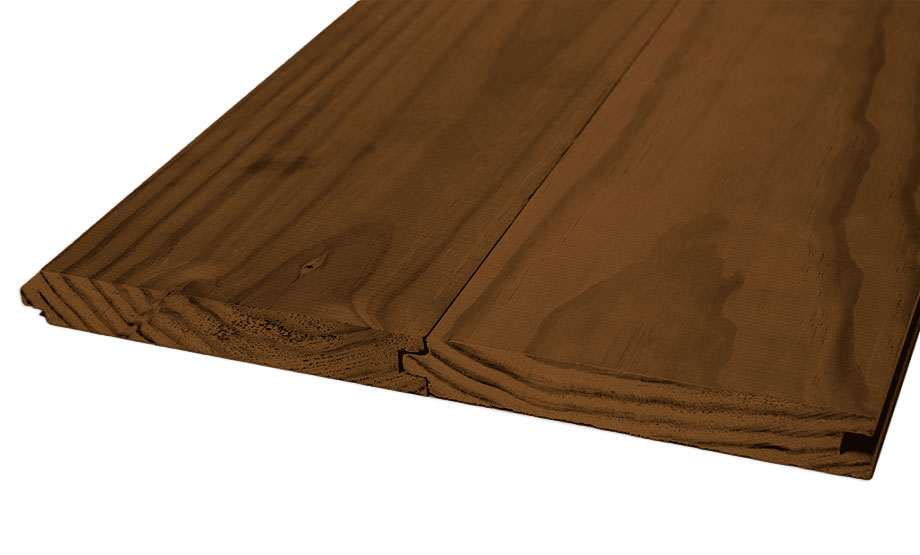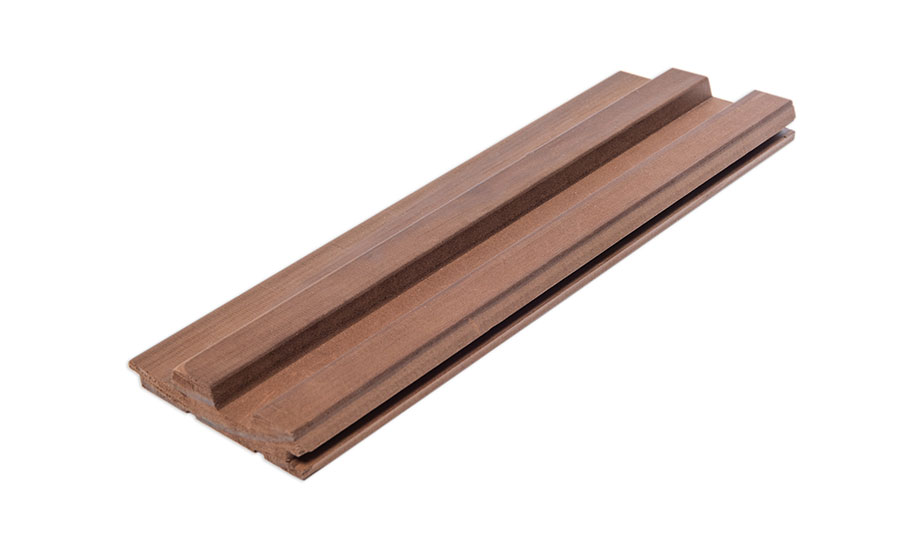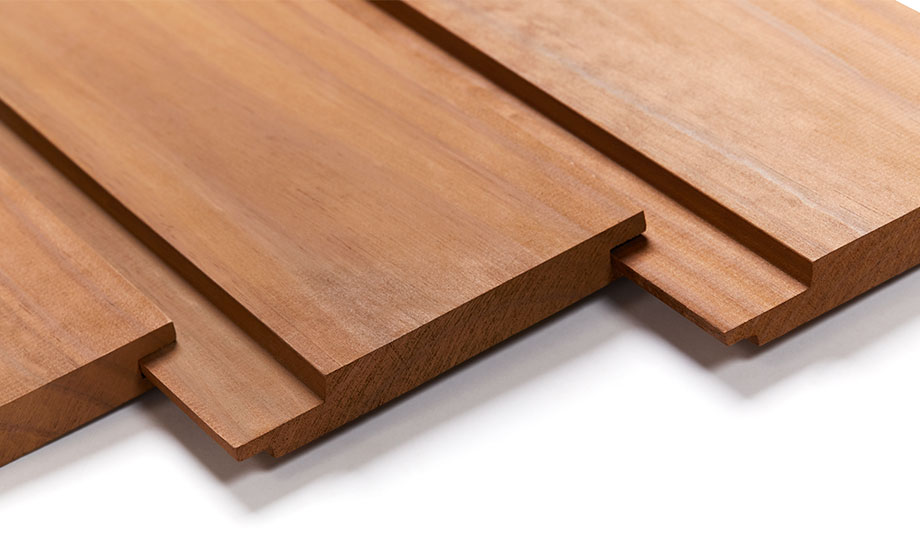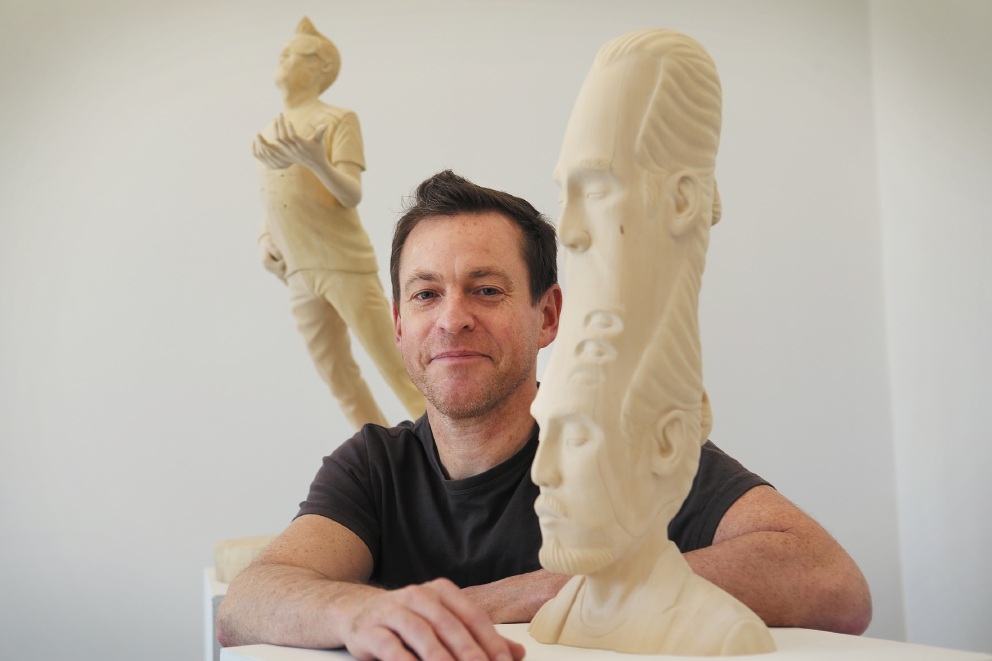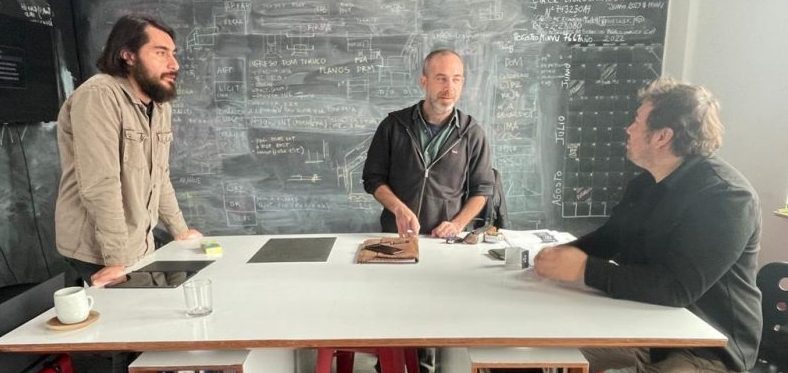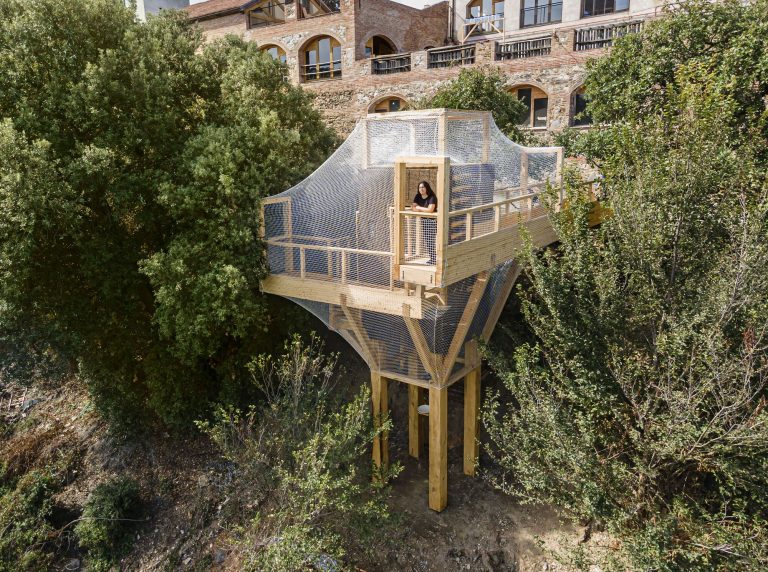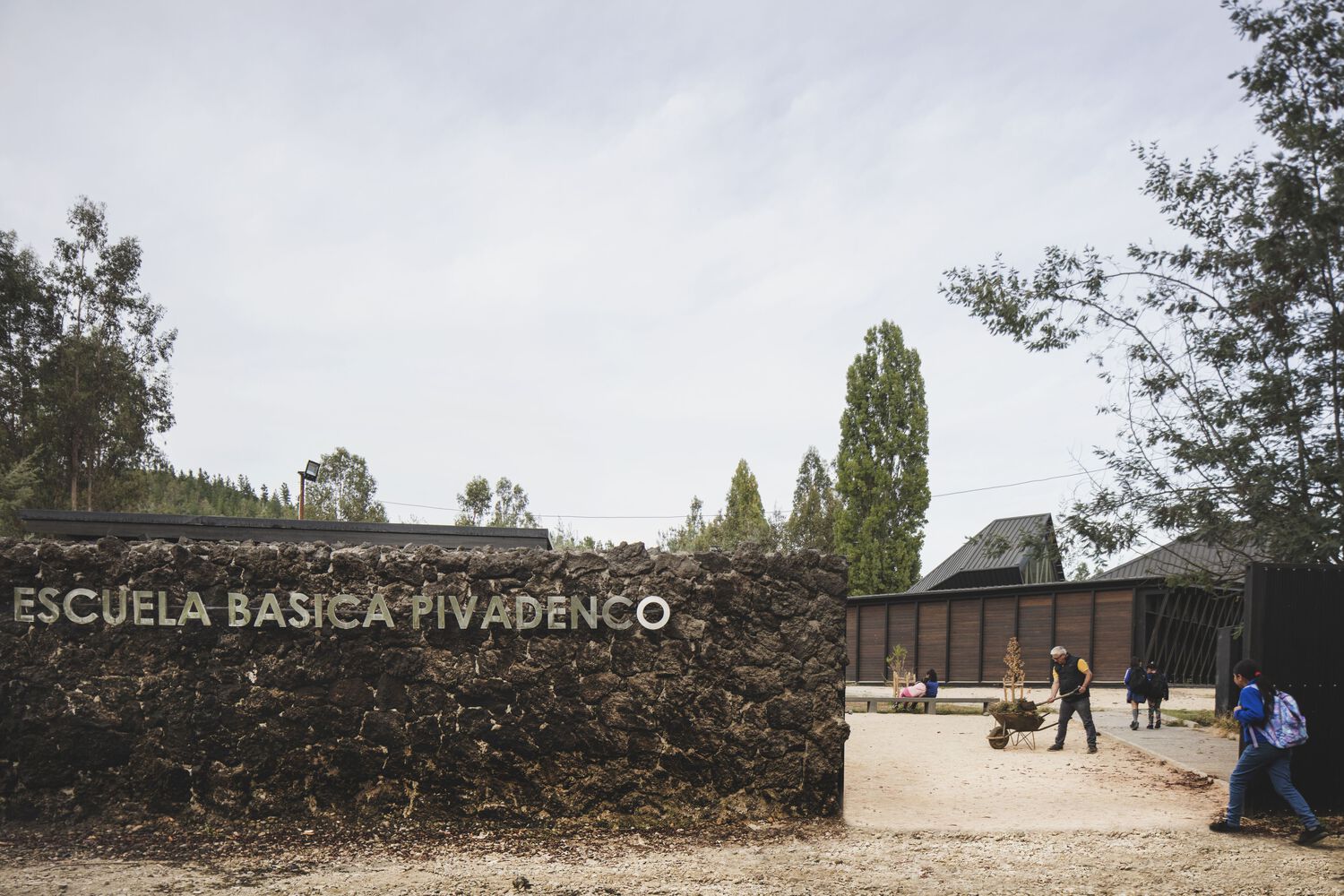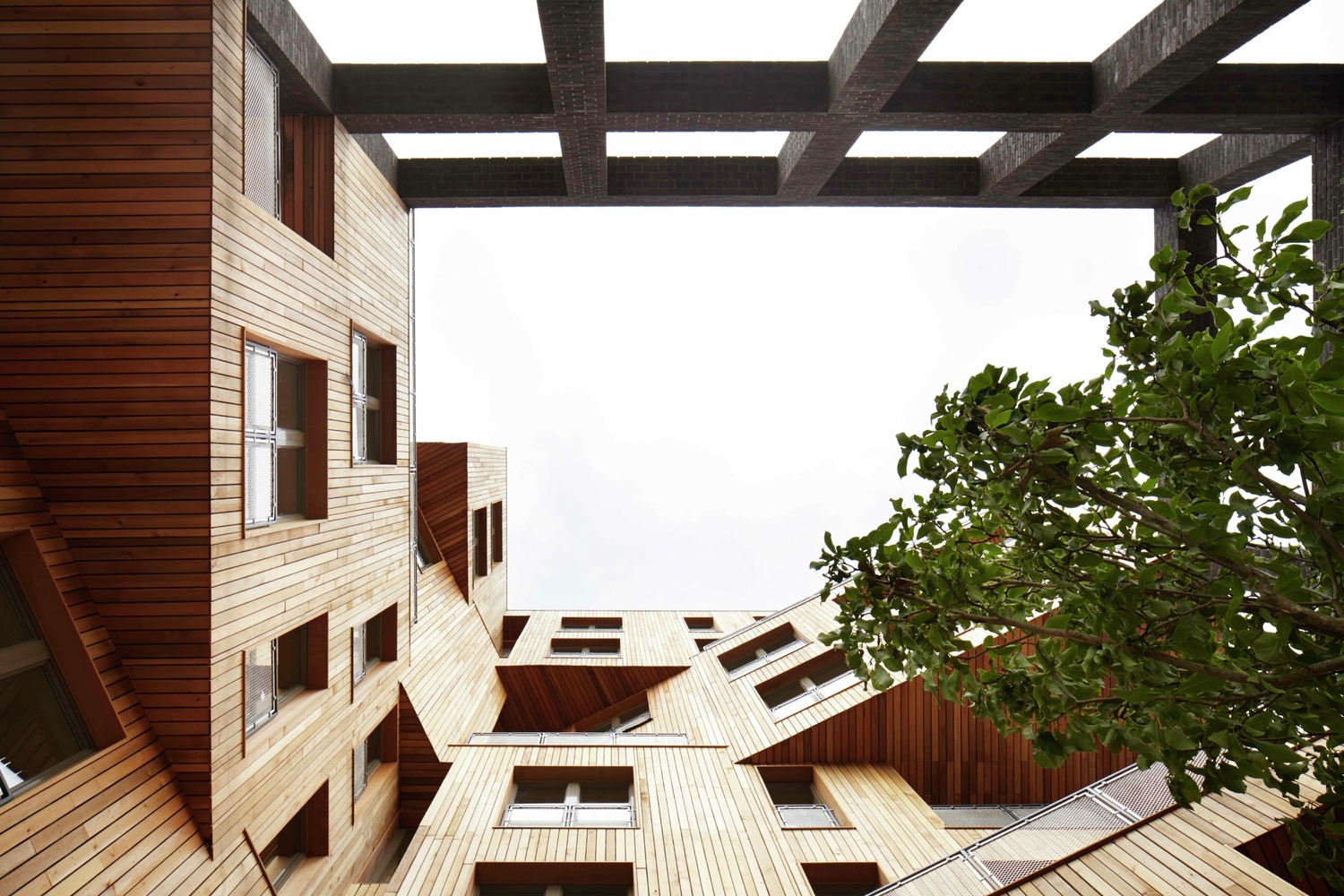
The Potential of Raw Wood
Sustainability involves many fields that have not yet been fully explored. However, with the help of new technologies, we can get closer to a more sustainable world every day. Read on to learn about one of the most unexpected ways we can better utilize wood.
Engineered wood continues to evolve, day by day, with the development of new technologies that enhance the material and allow for its use in large-scale projects with the highest quality standards. Wood used in mass production must also meet high-level requirements, which means material unsuitable for processing must be discarded.
There can be many reasons for discarding material, depending on the product. This discarded wood is often used for lower quality products. It can also be composted or used by artists. However, there are also some who see architectural value in these pieces and envision projects that are groundbreaking in scale.
Technologies for Raw Wood
Raw Wood as a construction material can now be used on a large scale, thanks to technological advances and expert research. Finding constructive solutions in adverse contexts requires creativity and hard work. Thinking from other perspectives can help one find the necessary tools: in this case, identifying how each piece of natural wood will be used in architectural projects.
Here, we’ll show you how some companies, universities and experts have used different points of view in their approaches to natural wood in their projects:
Whole Trees Structures
This design-build company’s mission is to revitalize discarded trees by incorporating them into commercial construction as columns, trusses, beams and joists.
Whole Trees explores the architectural potential and environmental advantages of using raw wood logs as building materials. They develop a system of structural, sculptural and sustainable feasibility analysis for each tree trunk using a 3D Lidar scanner, creating digital models of each piece in detail.
Once the analysis has been performed, architects and construction professionals compile the structural performance data of each piece to use them in the engineering company’s project designs.
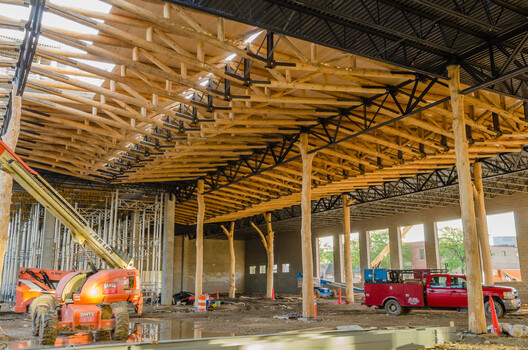
Design + Make
Design + Make, the Architectural Association’s graduate architectural research program, aims to research, demonstrate and educate about better use of forest products, with a technological focus on innovative uses of wood in architecture.
The integration of 3D scanning, generative modeling and robotics technology with design work allows the structural capacity of each timber log to be maximized.
The educational program succeeds in demonstrating, through projects with its students, the opportunities for the use of raw wood in architectural design using available technologies. It also expands the possibilities of using tree trunks in large-scale projects.
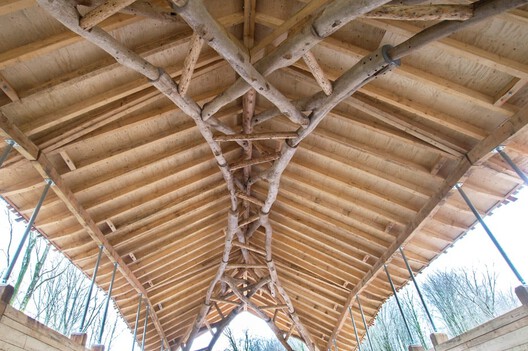
MIT Research Team
At the Department of Architecture at the Massachusetts Institute of Technology (MIT), Professor Caitlin Mueller leads a research group that explores the potential of natural forks, made from discarded wood, as load-bearing joints for structures.
The focus of the research is on tree nodes where Y-shaped branches, called forks, extend. Regarding these pieces of raw wood, the researcher notes that a cross-section of a tree fork reveals an incredible network of fibers that intertwine to create these often three-dimensional load transfer points in a tree, as noted in ArchDaily. In this way, the forks could exist in architecture, linking straight elements as cantilevers.
The team developed a five-step “design-to-fabrication workflow” system:
- Information Gathering: a digital material library is created with data collected from available material.
- Matching: A search is made for the best match between the initial design and the material library.
- Structural Performance Balancing: the design is adapted according to the characteristics of the chosen parts to maintain structural performance.
- Automated Cutting: machine code or instructions are generated for cutting the wood parts.
- Assembly: the fork elements are assembled to build the structure.
The ultimate goal of the research is to make it possible to implement natural wood in structural roles without compromising its natural geometry, through the use of computational tools.

The range of opportunities opened up by this and other research expands the prospects for the use of discarded wood logs, while avoiding waste through scanning technologies, 3D modeling and data capture, in order to design unique and sustainable architectural projects.


